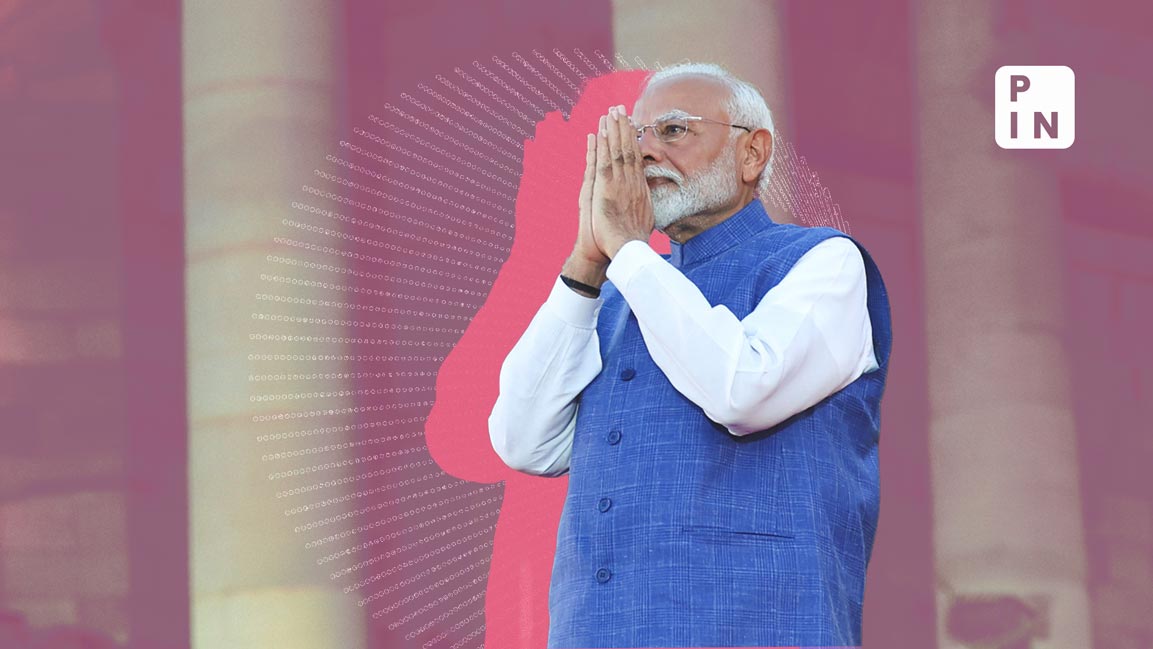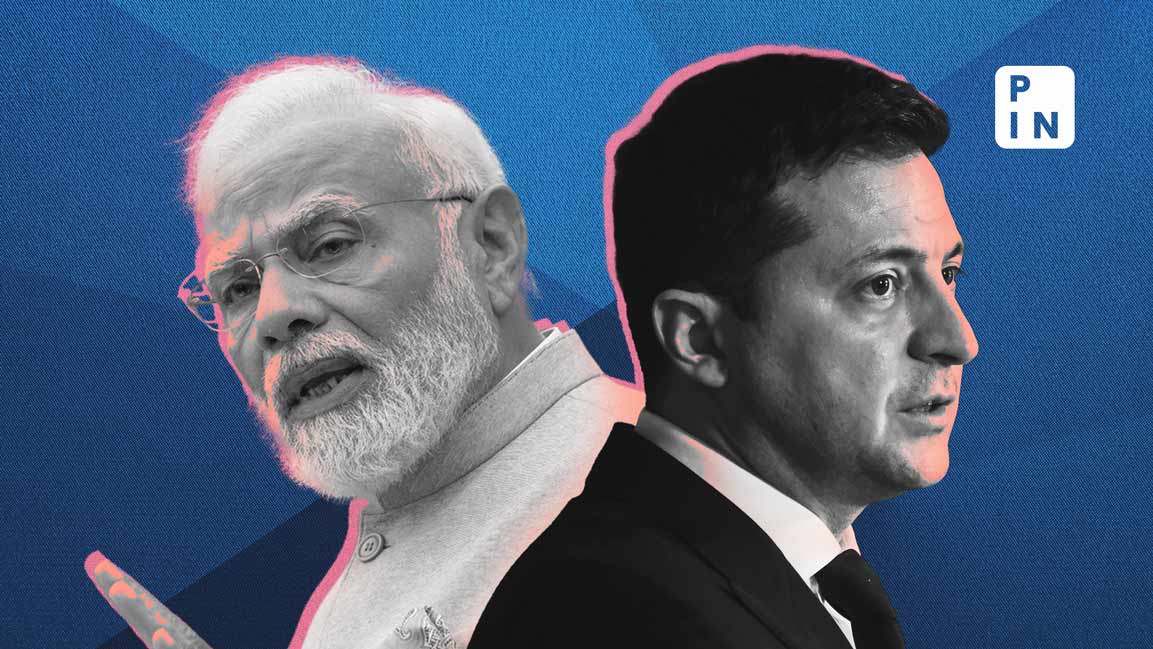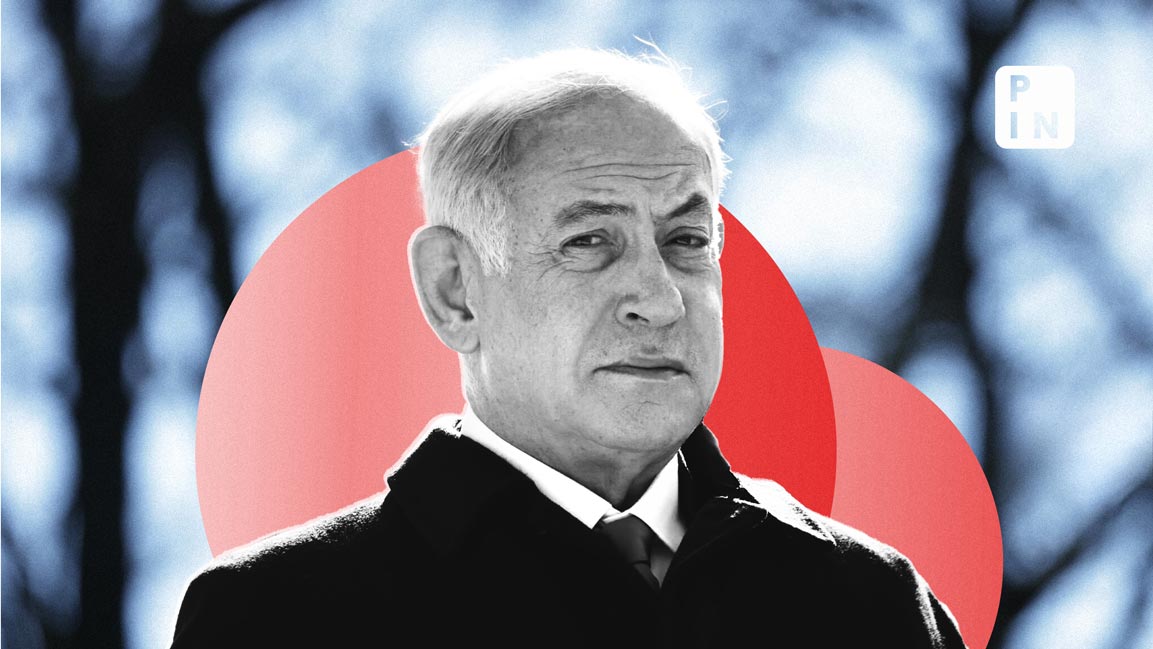- | 5:00 pm
Why the key to ending Russia-Ukraine conflict is hard to find
Meaningful ceasefire talks can only begin when Ukraine, Russia, and the US are ready. However, as of now they do not appear to be ready

The key concerns for global citizens tracking the ongoing war that began in February 2022, the deadliest in Europe post-World War II, are whether a ceasefire is possible, or whether this war marks the start of an apocalyptic conflict between Russia and NATO.
Let us look at some recent developments.
Ukraine invades Kursk region
On 6 August, Ukrainian forces invaded Russia’s Kursk region, facing minimal resistance. This is significant as it marks the first foreign invasion of Russian territory since World War II. The region was under occupation by Nazi Germany from 1941 to 1943. Ukraine now controls roughly 1,300 sq. km, including several settlements.
Ukrainian President Volodymyr Zelensky likely calculated that his move would compel his Russian counterpart, Vladimir Putin, to divert troops from elsewhere to reclaim Kursk, slowing down the Russian military’s advance toward Pokrovsk in Donetsk. That city is a crucial logistics hub in the region and Russia has been for months trying to capture it. Recent reports suggest Ukraine’s defenses have failed to hold the city, with Russian forces now within 7 km. A train meant to evacuate residents was canceled due to fears of Russian shelling.
Instead of redeploying troops to defend Kursk, Putin waited, and then intensified drone and bomb attacks targeting Ukraine’s energy infrastructure. Russia has been targeting for months the energy sector, grain silos, schools, hospitals, and even residential buildings.
Why did Zelensky invade Russia? Does he assess that his forces would be able to hold on to the territory long enough so that eventually when talks begin, he would offer to retreat from Kursk, provided Russia retreats from Ukraine’s territory held by it? Evidently such a strategy is unlikely to work, given the asymmetry. For Zelensky, the capture of some area in Kursk might prove to be pyrrhic.
Putin’s plans
Putin said on 6 September that he would like to see India, Brazil, and China engage themselves to find a formula for ending the war. Obviously, he has in mind a BRICS declaration to be issued after the summit he will host in Kazan from 22-24 October. He would like the summit declaration to contain a formulation favorable to Russia.
Putin might have another idea in making the statement.
Ukraine has been asking Prime Minister Narendra Modi to take the lead in initiating ‘peace talks’, and Kyiv has more than hinted that it would like India to host a follow-up to the sterile peace summit hosted by Switzerland in June.
India has no intention at present of hosting such a summit.
Putin knows that.
He wanted to signal to Zelensky that there is no way he can insert a wedge between Moscow and Delhi.
Is there a chance for talks to lead to a ceasefire?
There has been much noise about a ceasefire. Zelensky has repeatedly said that if and when Russia withdraws from Ukraine, including Crimea, which was annexed in 2014, he would be prepared to sit down for talks. Obviously, even Zelensky does not seriously believe that Putin would withdraw troops. He has repeatedly asserted that he will not talk to Putin, who he described as “a sick old man.”
Zelensky has announced his plan to meet US President Joe Biden, vice-president Kamala Harris, and former president Donald Trump when he goes to New York for the UN General Assembly, due to start on 10 September. Zelensky reportedly has a ‘victory plan’ to propose to his US interlocutors.
We must wait and see what the plan might be. It is rather difficult to take seriously Zelensky’s ‘victory plan’.
Putin has once again categorically stated that he is prepared to look at any plan based on the aborted bilateral talks held in Turkey in March-April 2022.
We do not have full information on what transpired at the talks held weeks after the invasion of 24 February. The two sides reportedly agreed on a ceasefire, with Ukraine undertaking that it would not join NATO and will be neutral between Russia and the West. Other matters were to be discussed after the ceasefire.
The general impression is that though the two teams agreed, upon intervention by then UK Prime Minister Boris Johnson, Zelensky ordered his team to reject the agreed formula. Obviously, Johnson would have acted with Biden’s consent. Biden did not want the war to end then, as he was hoping to see the ruble turn into “rubble”, Russia destabilized, and Putin removed from office.
Has Western support for Ukraine peaked?
Despite public commitments, there are indications that Western support may wane. Germany’s defense budget for supporting allies, primarily Ukraine, is set to decrease significantly to $4.4 billion by 2025 from $5.4 billion in 2023 and $7.5 billion in 2024. As Ukraine is the primary beneficiary, it will get much less in next year.
Another factor likely to reduce EU support is Ukraine’s potential decision to let an accord with Gazprom expire. This agreement, facilitating transit of Russian natural gas through Ukraine to Austria, Slovakia, and Hungary, ends on 31 December this year. Notably, Hungary and Slovakia oppose EU plans to support Ukraine.
Additionally, the economic sanctions on Russia have had a substantial impact, leading to reconsiderations of support levels as Europe assesses its economic damage.
What next?
The military situation is not in Ukraine’s favor. It will be difficult to stop Russia from destroying more of Ukraine’s power plants and the distribution network. Ukraine is doing its utmost to rebuild what is destroyed. It is easier for Russia to destroy at a pace faster than Ukraine’s rebuilding as winter is approaching.
Zelensky has been asking repeatedly for permission to strike deep into Russia using weapons supplied by the West. The West has been reluctant, though it did supply F-16 months after Ukraine made the initial request. We doubt whether even the use of such weapons to strike deep into Russia will help Ukraine much. There is the risk of Putin’s threatening the use of a mini nuclear bomb.
On 26 August, a Ukrainian-operated F-16 crashed, leading President Zelensky to dismiss the air force chief. The crash was reportedly caused by a misfired Ukrainian missile.
On 6 September, Andrii Sybiha, 49, replaced Dmytro Kuleba as foreign minister, part of a broader reshuffle. However, any policy shifts seem unlikely since decisions are made in the President’s office.
The UK will supply Ukraine with 650 lightweight multirole missiles with a 6km range. The Ukraine Defence Contact Group, representing 50 countries, met in Germany to discuss Ukraine’s arms requests.
In conclusion, meaningful ceasefire discussions can only begin when Ukraine, Russia, and the US are all prepared. However, such a move seems improbable.
Nonetheless, global citizens continue to hope for an early ceasefire, as a decisive victory is unattainable without grave costs–military and civilian.
The undisputed beneficiary from this prolonged war is the military-industrial complex in the US and its counterparts elsewhere.












